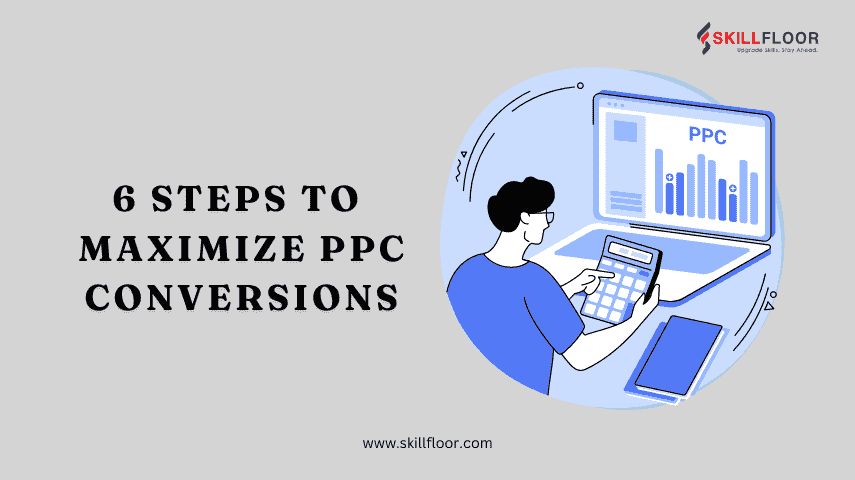The Importance of User Experience In Website
Discover why user experience (UX) is crucial for website success. Learn how UX impacts engagement, conversions, and customer satisfaction in digital marketing.

In the digital world, the importance of user experience in website design is becoming more recognized every day. User experience (UX) refers to how easy and pleasant it is for people to interact with your website. Think about it as creating a smooth and enjoyable journey for your visitors. If your website is straightforward to navigate and helps users find what they’re looking for, they’re more likely to stay longer and come back. This is especially beneficial for digital marketing because a well-crafted user experience aligns with the goals of engaging and retaining your audience. By focusing on UX, you can help ensure that visitors have a positive interaction with your site, which can lead to better engagement and higher conversion rates.
Additionally, the importance of user experience in website development goes beyond just making things easy to use. It’s also about how users feel when they’re on your site. A pleasant and engaging experience can build a strong connection with your brand, fostering trust and loyalty. For digital marketing efforts, this means that users are more likely to respond positively to your campaigns if they find your website appealing and enjoyable. By giving attention to UX, you can create a site that not only serves its purpose but also delights your visitors, encouraging them to come back and engage more deeply with your content.
Key Elements of Good UX Design
-
Responsive Design: With increasing visitors accessing websites via mobile devices, responsive design is critical. A responsive website adapts to changing screen sizes, providing a consistent experience across all devices. This keeps users on your website regardless of how they perceive it.
-
Speed and Performance: Websites should load quickly. Slow load speeds might annoy users and cause them to leave. Optimizing your website's performance, such as compressing graphics and removing unneeded content, can greatly improve the user experience.
-
Clear Navigation: Navigation should be straightforward and intuitive. Users should be able to find what they need with a few clicks. A logical layout and well-organized menus help to improve navigation.
-
Engaging Content: Users are more engaged when they see engaging and relevant content. This contains text, graphics, video, and interactive elements. Good content encourages readers to stay on your site and explore more.
-
Accessibility: An accessible website can be used by anyone, including persons with disabilities. Features such as keyboard navigation, screen reader compatibility, and adequate color contrast ensure that all users can properly interact with your website.
-
Consistent Branding: Consistency in website design promotes trust and supports your business identity. The use of consistent colors, fonts, and graphics that correspond to your brand message results in a unified and professional appearance.

Benefits of Prioritizing UX
-
Better Customer Satisfaction: When a website meets its consumers' requirements and expectations, it increases their satisfaction. Users who are satisfied with your site are more likely to return and suggest it to others, resulting in long-term loyalty.
-
Cost Efficiency: Investing in effective UX can lead to long-term cost savings. A well-designed site requires fewer updates and changes, necessitates less customer support, and runs more efficiently overall.
-
Competitive Edge: In a congested market, a compelling user experience can distinguish your firm. Offering a better experience than your competition can help you attract more people and gain an advantage.
-
Increased Revenue: A well-designed UX leads to increased conversion rates and, eventually, more income. By making the user experience simple and entertaining, you encourage visitors to make purchases and return for more.
The Role of UX in Digital Marketing Campaigns
Improving PPC Campaigns
Pay-per-click (PPC) advertising relies heavily on the landing page experience. A well-designed landing page that is consistent with the ad's message and offers a clear route to conversion can boost the efficacy of PPC campaigns. Good UX can reduce bounce rates and increase the return on your advertising expenditure.
Utilizing Social Media
Social media is an effective strategy to increase visitors to your site. Providing a great user experience on your website is critical to maintaining this traffic. Easy-to-find sharing choices, clear calls-to-action, and interesting content can boost the effectiveness of your social media campaigns.
Optimizing for Email Marketing
Email marketing efforts frequently direct recipients to specified landing pages. The success of these initiatives is dependent on how well the pages are built to create a consistent user experience. To increase the effectiveness of your email marketing, prioritize clear messaging, rapid load speeds, and mobile-friendly layouts.
Why Does UX Matter for Your Website?
1. Making a Positive First Impression
When someone visits your website for the first time, they immediately form an opinion. A visually appealing and easy-to-navigate website can make a good first impression, encouraging visitors to remain longer. On the other hand, a confused or cluttered website may prompt users to depart nearly quickly.
2. Improving Usability
A user-friendly website is easy to explore. It should include user-friendly menus, clear calls to action (CTAs), and a logical layout. When users can easily locate what they're looking for, they are more inclined to stay and interact with your content.
3. Boosting Engagement
Keeping users interested is essential for a good website. A well-designed user experience, whether through educational articles, interactive aspects, or enticing imagery, guarantees that users engage with your content, perhaps leading to repeat visits.
4. Increasing Conversion Rates
The purpose of most business websites is to convert visitors into clients. A fluid UX helps users navigate the process, from landing pages to making a purchase. Form simplification, clear CTAs, and a simple checkout procedure can all assist in increasing conversion rates.
5. Enhancing SEO Performance
Search engines prefer websites that offer a pleasant user experience. Site speed, mobile friendliness, and ease of navigation are all essential factors in SEO. Focusing on UX not only increases user pleasure but also improves your site's rating in search results, drawing more visitors.
User experience is an essential component of web design. A website that prioritizes user experience attracts and maintains visitors while also driving conversions and supporting business growth. By concentrating on user-centric design, you can deliver a fulfilling and engaging experience for all users, allowing your business to thrive in the digital world. Investing in UX is about knowing and addressing your users' demands. Doing so provides a valuable and distinctive experience that will keep customers coming back.






























































